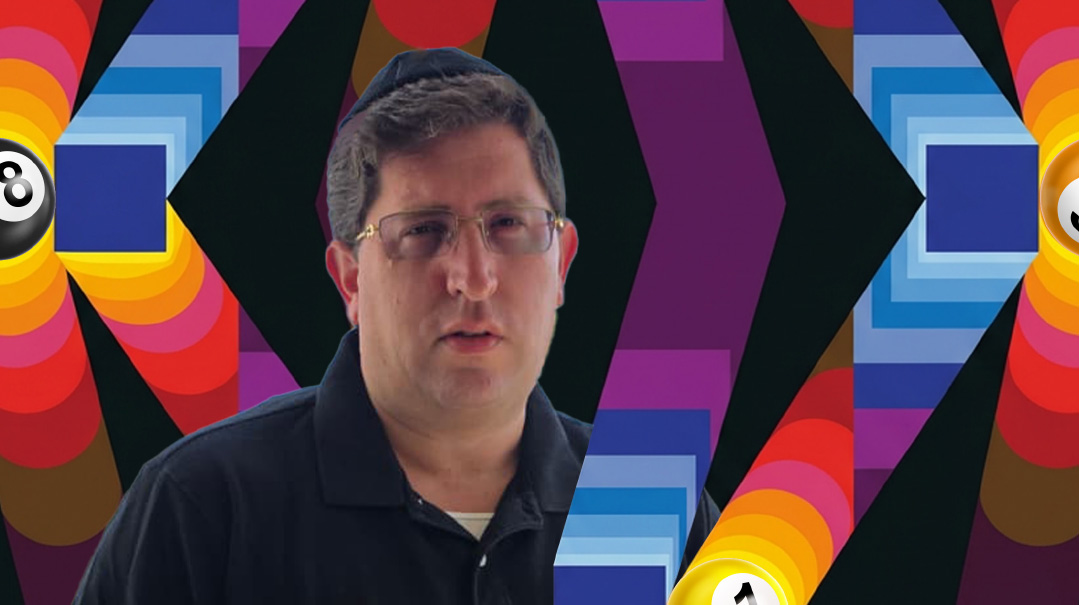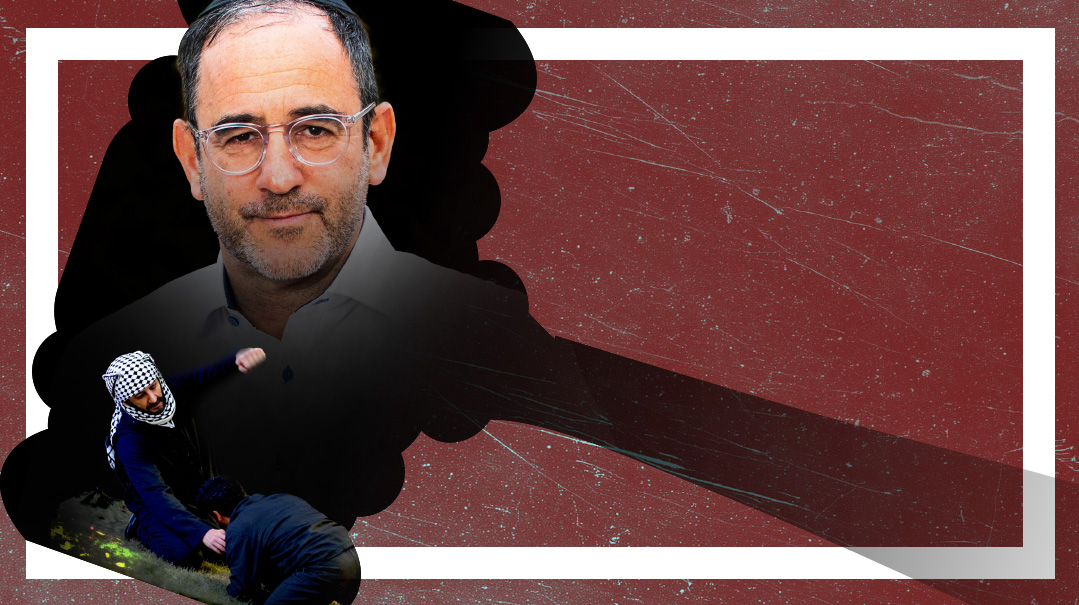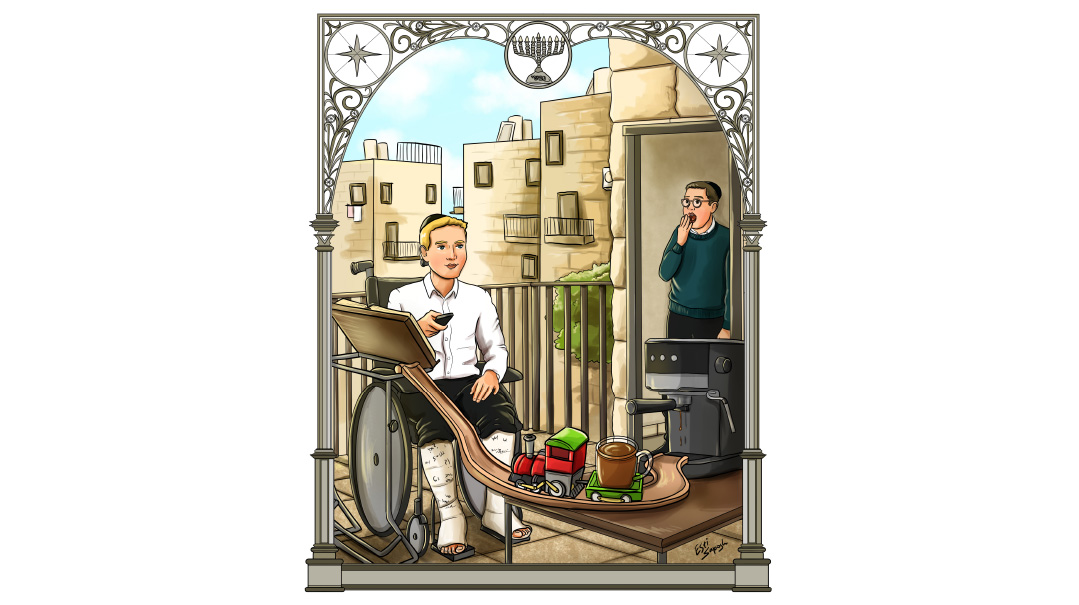Mended Hearts
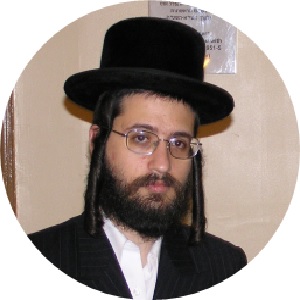
A Shabbos of heartbreak and hope with escapees from Lev Tahor
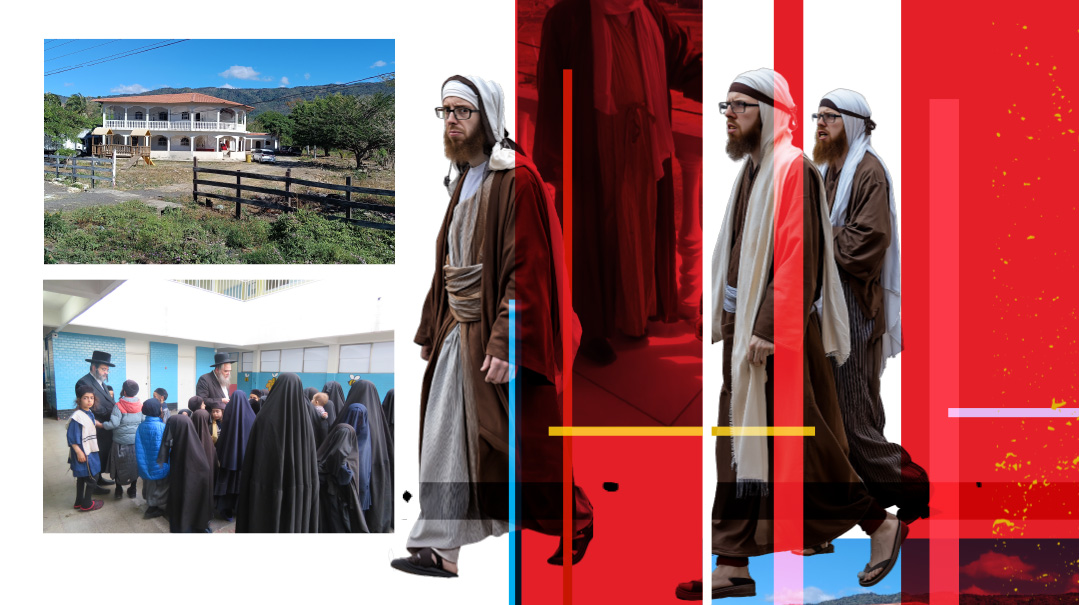
Text and photos: David Damen, Guatemala
Who would have thought that right across the road from the now-defunct Lev Tahor compound in a Guatemalan village, there’s another enclave — this one for ex-members who’ve broken away from the extremist sect but who haven’t yet figured out how to reintegrate into mainstream chareidi/chassidic life? It was a surprise for me, too. But a Shabbos there turned out to be the most impactful and heartrending part of my stay
One of the best-kept secrets related to the extremist Lev Tahor sect is that for several years, soon after the group made its home in a commune-like compound in Santa Rosa, GuAtemala, after fleeing Canada, they’ve been flanked by unwanted neighbors. Not the kind that leave their trash around and make noise all night, but fellow Jews who’d once been kindred spirits. For across the road from the once-bustling Lev Tahor compound — mostly empty these days after a police raid at the end of December rescued some 160 minors and brought them to Guatemala City, while group members moved into a protest encampment on the street outside the children’s shelter — is the Knishta Chada, the camp of the “rebels.”
T
oday is Friday, and while I’d been parked in Guatemala City for several days observing the legal proceedings involving the rescued children as parents petition for custody and reunification if they leave the cult, together with the tireless work of askanim and rabbanim who’ve become regular guests at the local Chabad house, now we’re heading for the Knishta Chada, where we’ll be spending Shabbos.
But just before we set out, another car pulls up to our van and out comes a couple: The woman looks scared, like she doesn’t want to be seen (she’s wearing a burka so it’s hard to see her in any case). It’s Yoeli Goldman and his wife — she happens to be the granddaughter of Lev Tahor’s “reish mesivta,” Moshe Yosef Rosner, who oversees the sect’s day-to-day operations. Yoeli left Lev Tahor months ago, yet his young wife remained together with their two children, and when the authorities removed the children, she moved into the nearby protest tent. Just the day before, she somehow managed to make contact with her husband and they’ve now been reunited. After Shabbos, they will appear in court together, receive custody of their children, and arrange to leave the country within 30 days, as per the court’s stipulation. (Any parent who avows to make the break from Lev Tahor and leave the country can appear in court and retake custody of their children.)
The Knishta Chada (a term in the Zohar referring to a joyous assembly of upright Jews), where we’re headed this weekend, is an ad hoc kehillah headed by Yoel Henich Helbrans, son of Lev Tahor founder Shlomo Helbrans and brother of current leader Nachman Helbrans. Nachman is currently serving a 12-year prison sentence in America for kidnapping the children of their sister after she took her family and fled, fearing, among other threats, her brother’s call for mass suicide if the authorities would come to disband the group.
From infancy, Lev Tahor members are systematically conditioned to believe that if they were to leave the “chaburah,” the world outside is an open abyss, just waiting to ambush them. But across the street from their now-defunct compound, the “rebel” breakaway and holding community of Knishta Chada is made up of individuals and families who’ve left the sect yet prefer an “easy landing,” from where communal activists have been working to help them reintegrate into mainstream chareidi/chassidic life.
It wasn’t easy to wrangle an invitation. The group doesn’t like reporters, but my askanim contacts convinced them that it would be to their benefit. Still, up until a few minutes before we left, I wasn’t sure this was going to happen. But here I was, on my way out of Guatemala City, headed for the countryside and the Knishta Chada, together in a car with Yoeli Marcus (“Yoel” is Lev Tahor’s most common name) and brothers Eliyahu and Mordechai Rumpler — sons of Eliezer Rumpler, a senior leader in Lev Tahor who is currently incarcerated in neighboring El Salvador where he tried to flee after the compound raid. (There was an international arrest warrant out on him following a 2020 indictment in Israel for severe child abuse during the time he was head of the Lev Tahor school in Canada, but he managed to escape the country using a fake passport shortly before his hearing.)
Eliyahu is a gentle soul shackled by so many conflicts. He’s only 17, yet has already been married for four years (the week after his bar mitzvah, he was married off to his 12-year-old wife). On the one hand, he’s the son-in-law of Moshe Yosef Rosner, but on the other hand, it was his father-in-law who decreed a cruel “tikkun” for him, which included expulsion without his wife. Eliyahu, like the dozens of others who’ve broken away, was born into Lev Tahor and never knew there was a frum world out there until his expulsion — and he’s still trying to acclimate. His half-brother Mordechai, born to Eliezer Rumpler’s first wife, has come from Bnei Brak to give him emotional support during these days of uncertainty and confusion.
For Yoeli Marcus, who left the group half a year ago, this will be the first time going back to the region where he grew up — and his first time stepping into the “rebel” camp. Even many of those who left Lev Tahor still have not mustered up the courage to visit, which they’d been taught was worse than shmad.
Yoeli picks up wine for Kiddush and a few other items from the kosher grocery adjacent to the Chabad House, and we’re off.
Oops! We could not locate your form.


